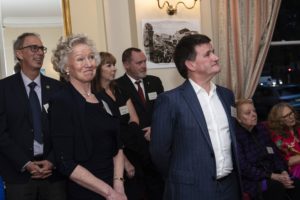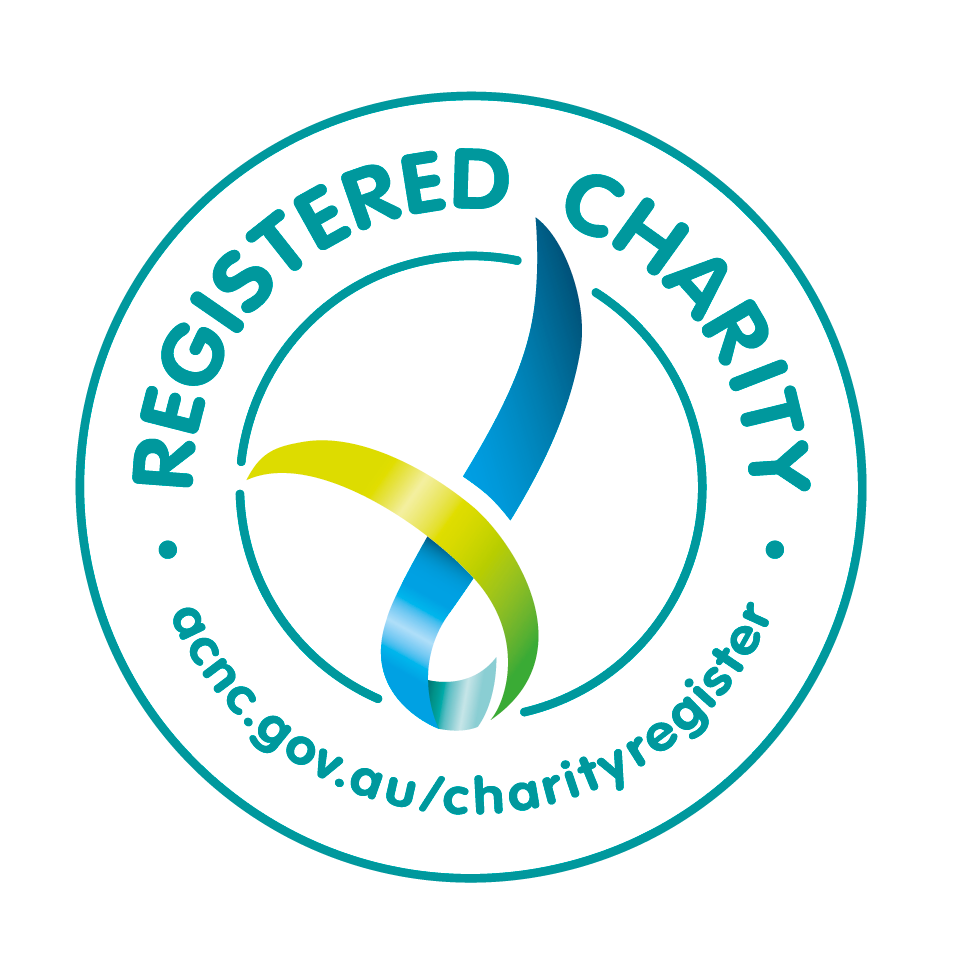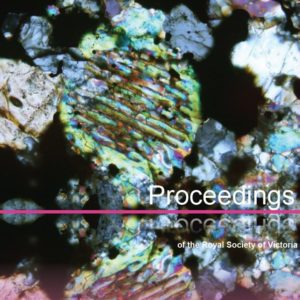Despite the changes that occurred after European settlement, Melbourne’s urban waterways still contain remnant ecosystems, which faintly echo the diversity they once displayed. In addition to their contribution to the city’s environmental values, urban waterways also provide important social, economic, and aesthetic benefits.
“The main thing for everyone to be aware of is that the extinction crisis is everyone’s problem,” says RSV President Rob Gell AM. “It’s no good sitting back waiting for somebody else to deal with it. Governments, industries, communities, academics, First Nations – we all have a responsibility, and a role to play. The challenge comes from knowing exactly which role is yours… and how to coordinate the collective effort.”
A significant, urgent and sustained reduction in emissions is required to reach greenhouse gas neutrality by 2050. A target of 50% reduction relative to 2005 levels by 2030 for Australia would be consistent with the required rate of emissions reductions to meet the Paris Agreement targets of limiting global warming to less than 2°C above pre-industrial levels.
Our environment cannot bounce back from major petrochemical contamination, on top of the constant flow of waste from agriculture, textile factories and our homes. The cheap and easy approach to dealing with waste has been to simply bury it, which is unsustainable, especially as chemicals inevitably leech out into soils and waters. While thermal desorption removes contaminants, it also kills the soil. The best solution is bioremediation.
As a custodian species of the planet’s ecosystems, we have become disconnected from our responsibilities, attending to the patterns that build the complex web of life. Our activities and waste products are disrupting ecosystems, impacting the reproductive success of other animals. Pharmaceutical waste can persist even in the most remote places on the planet, including Antarctica. But it’s not all bad news, particularly if we pay attention to where we’ve come from, and where we’re going.





